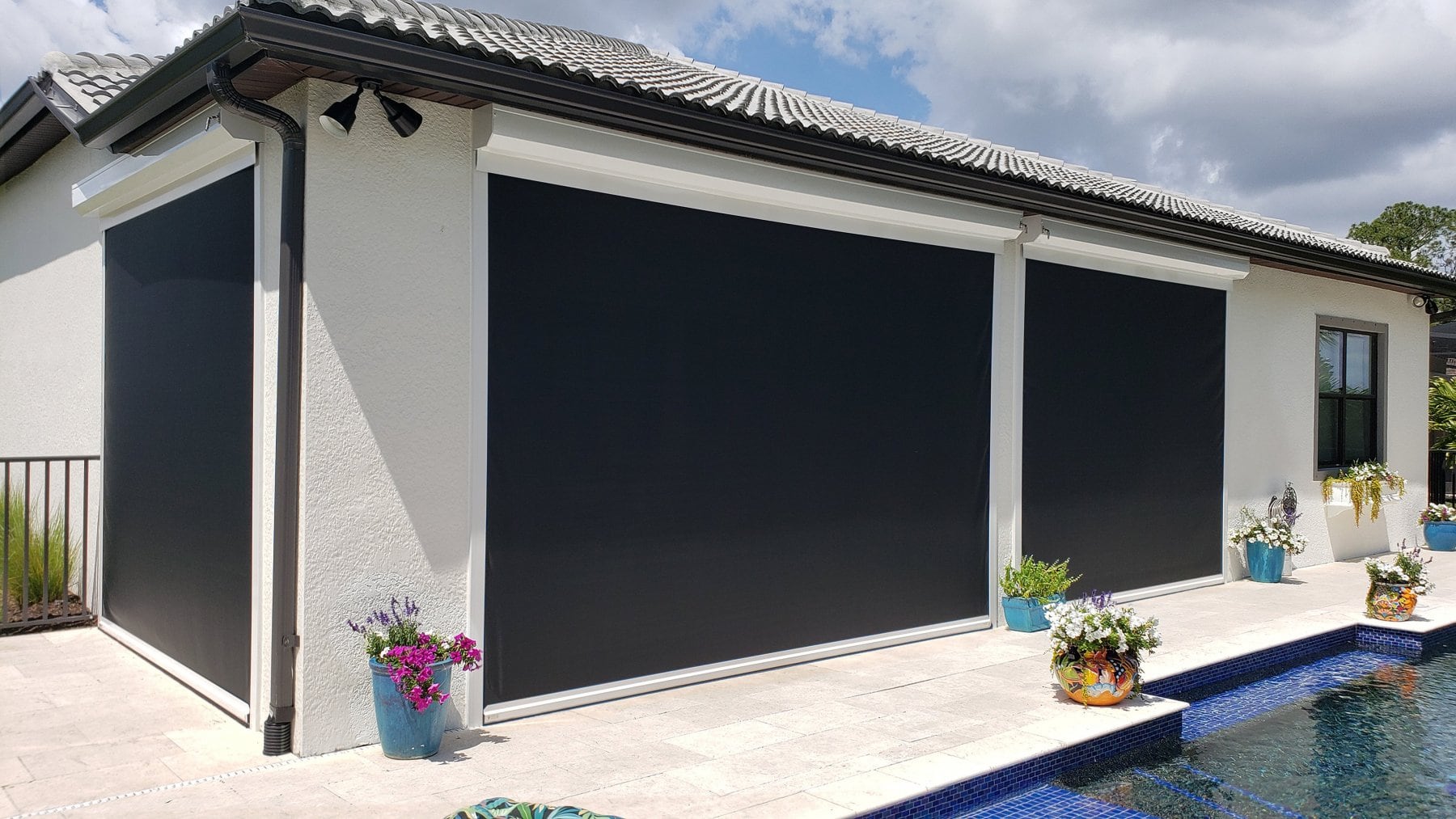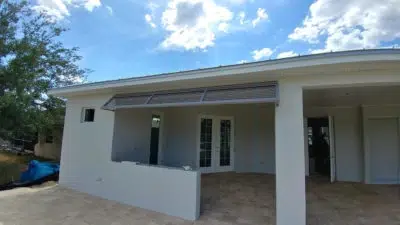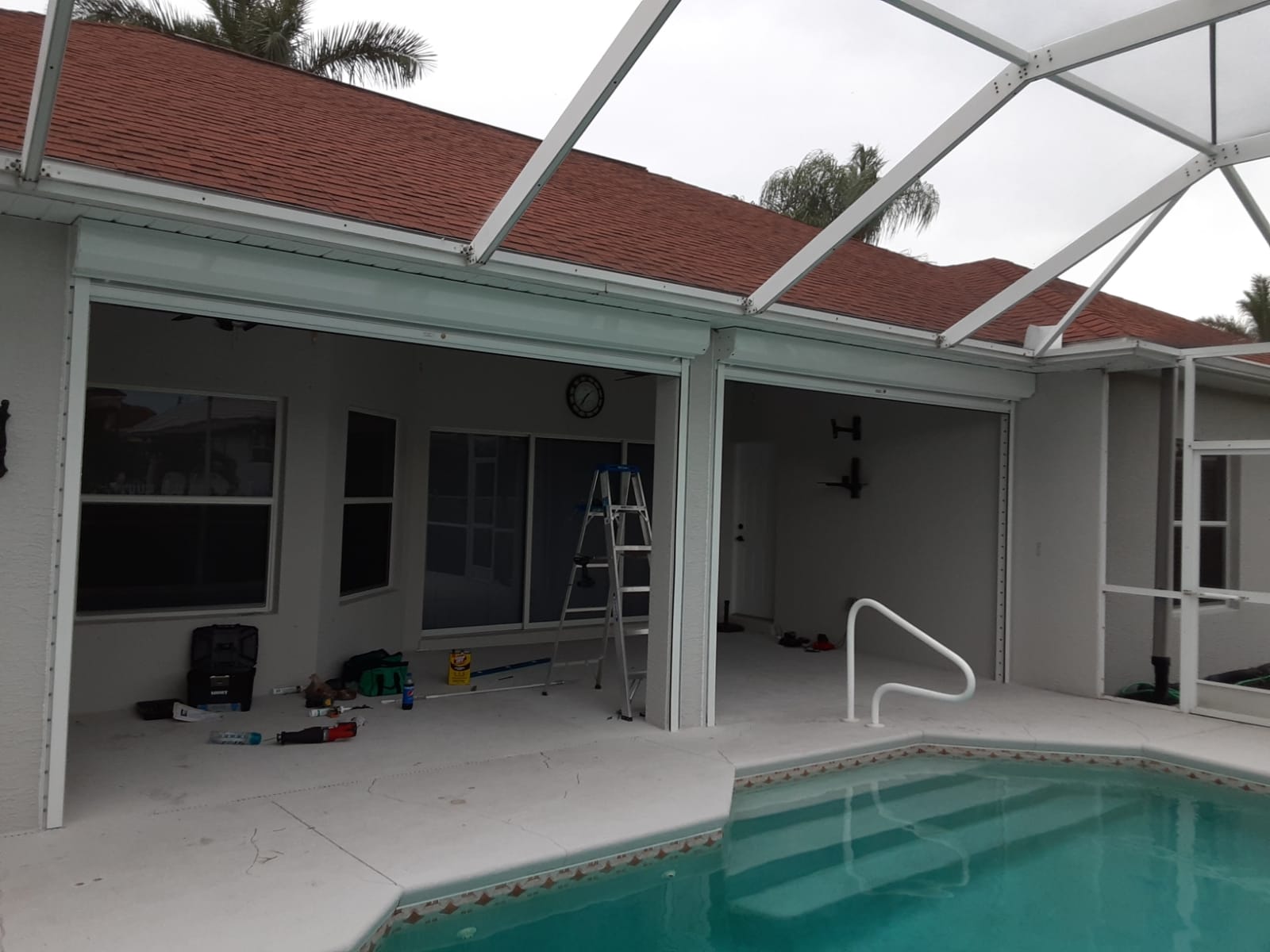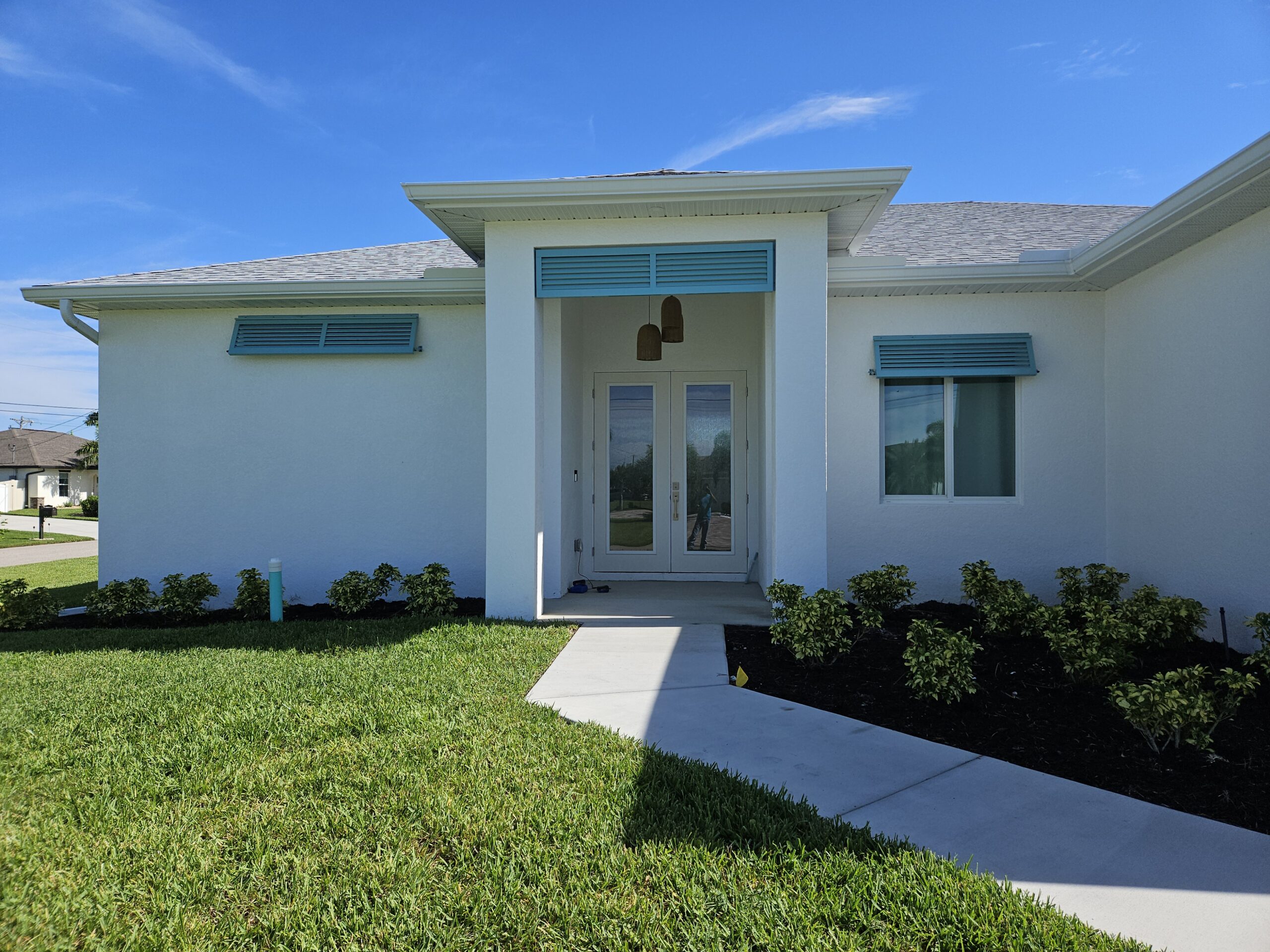In the world of screens, we often hear about different materials and wonder which one is the best choice for our needs. Two popular options in this realm are Polyprothelean screens and Aramid screens. Let’s dive into the characteristics of both materials, exploring the differences between the more affordable Polyprothelean screens and the superior Aramid screens.
Polyprothelean Screens: The Budget-Friendly but cheap Option
Polyprothelean screens, often known for their affordability, have gained popularity due to their low cost. These screens are made from a type of plastic called polypropylene, which is known for being lightweight and resistant to moisture. While Polyprothelean screens might seem like an attractive choice for those on a budget, it’s crucial to understand their limitations.
Durability Concerns: Polyprothelean screens are generally not as durable as other materials. They may be prone to tearing or damage, especially in high-traffic areas or adverse weather conditions.
Limited Resistance: These screens may not have the same level of resistance to UV rays, chemicals, or extreme temperatures as more advanced materials, making them less suitable for outdoor use.
Maintenance Challenges: Cleaning and maintaining Polyprothelean screens can be more challenging, as they may not withstand frequent cleaning or exposure to certain cleaning agents.
While Polyprothelean screens have their place, especially for temporary or budget-conscious applications, it’s essential to recognize their limitations, particularly in settings where durability and long-term performance are critical.
Aramid Screens: The Superior Choice
In contrast to Polyprothelean, Aramid screens offer a more advanced and durable solution. Aramid is a synthetic fiber known for its exceptional strength, heat resistance, and versatility. Let’s explore why Aramid screens are considered the superior choice:
Exceptional Strength: Aramid fibers, such as those found in Kevlar, are renowned for their high tensile strength. This makes Aramid screens incredibly resistant to tearing and damage, ensuring a longer lifespan.
Heat Resistance: Aramid fibers exhibit excellent heat resistance, making them suitable for use in high-temperature environments without compromising their structural integrity.
Chemical Resistance: Aramid screens are resistant to many chemicals, providing protection in areas where exposure to corrosive substances is a concern.
Lightweight: Despite their strength, Aramid screens are lightweight, making them easy to handle and install.
UV Resistance: Aramid fibers often have superior UV resistance, ensuring that the screens maintain their structural integrity even when exposed to sunlight for extended periods.
Choosing the Right Screen for Your Needs
When deciding between Polyprothelean and Aramid screens, consider the specific requirements of your application:
Budget Considerations: If cost is a significant factor, Polyprothelean screens may be a suitable choice for short-term or less demanding applications.
Long-Term Durability: For applications where long-term durability is crucial, such as in outdoor settings or high-traffic areas, Aramid screens are the better investment.
Environmental Conditions: Evaluate the environmental conditions where the screens will be used. Aramid screens are better suited for challenging environments, including areas with extreme temperatures, chemicals, or UV exposure.
Maintenance Needs: Consider the maintenance requirements of your screens. Aramid screens, with their durability and resistance, often require less frequent maintenance than Polyprothelean screens.
In the world of screens, the choice between Polyprothelean and Aramid boils down to your specific needs and priorities. While Polyprothelean screens may offer a budget-friendly option for temporary or less demanding applications, Aramid screens emerge as the superior choice for those seeking long-term durability, strength, and versatility. At the end of the day, investing in quality materials like Aramid can provide peace of mind, knowing that your screens will stand the test of time and perform admirably in various conditions.
When it comes to choosing screens for your space, the decision between Polyprothelean and Aramid is pivotal. At Shutters239, we understand the importance of balancing affordability with durability, and we’re here to guide you in making the right choice for your needs. Whether you prioritize affordability or superior performance, understanding the characteristics of Polyprothelean and Aramid screens will guide you in making an informed decision that aligns with your needs.







